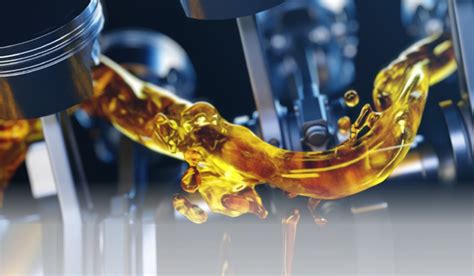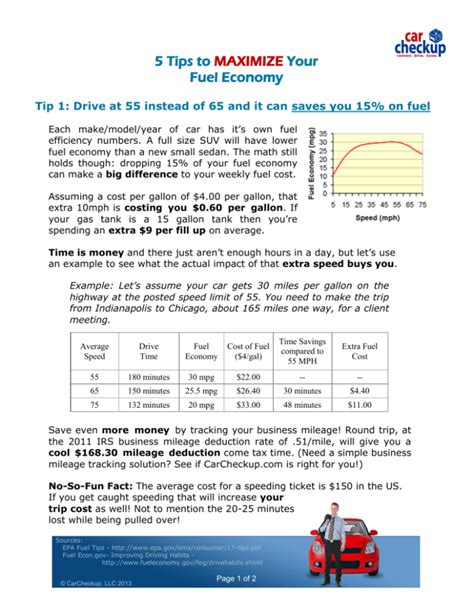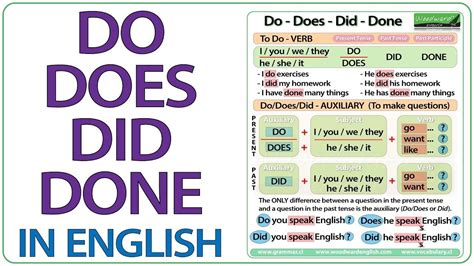Many drivers assume that choosing the highest octane fuel available is always the best decision for their vehicle, believing it offers superior performance, better fuel economy, or enhanced engine protection. However, the reality is more nuanced, and for most vehicles, pouring premium fuel into a tank designed for regular unleaded can be a significant waste of money with no tangible benefits.
Understanding Octane Ratings
Octane is a measure of a fuel’s resistance to “knocking” or “pinging” – the premature ignition of the fuel-air mixture in your engine’s cylinders. This uncontrolled combustion can be damaging to an engine over time. A higher octane rating means the fuel can withstand greater compression before igniting.
Regular unleaded fuel typically has an octane rating of 87, while mid-grade is usually 89, and premium is 91 or 93 (or even 94 in some regions). The key is that your engine is designed to operate efficiently with a specific octane level.

Engine Design: The Deciding Factor
The need for higher octane fuel is dictated primarily by an engine’s compression ratio and timing. High-performance engines, especially those with turbochargers, superchargers, or very high compression ratios, generate more heat and pressure within the cylinders. These engines require higher octane fuel to prevent pre-ignition and knocking, ensuring optimal performance and longevity.
Using lower octane fuel than recommended in such engines can lead to reduced performance (as the engine’s computer retards timing to prevent knocking) and, in severe cases, long-term engine damage.

When Higher Octane IS Beneficial
You should use higher octane fuel if:
- Your car’s manufacturer explicitly recommends or requires it in the owner’s manual. This is common for many luxury, sports, and performance vehicles.
- Your engine is experiencing persistent knocking or pinging even when using the recommended octane fuel (though this usually indicates an underlying mechanical issue that should be addressed).
In these specific scenarios, higher octane fuel is not just “better”; it’s necessary for the engine to operate as designed and prevent damage.

When Higher Octane IS NOT Better (And Wastes Money)
For the vast majority of vehicles on the road – those designed for regular 87 octane unleaded – using premium fuel offers no advantage whatsoever. Modern engines are incredibly sophisticated and can adapt to minor variations, but they cannot magically extract more power or efficiency from fuel they don’t need.
- No Performance Boost: If your engine is designed for 87 octane, it will not gain horsepower or acceleration from 93 octane.
- No Better Fuel Economy: Premium fuel will not improve your miles per gallon in a vehicle not designed for it.
- No Cleaner Engine: All gasoline sold in the U.S. contains detergents to prevent deposits. Premium fuel is not inherently “cleaner.”
- Wasted Money: Premium fuel can cost significantly more per gallon, and those extra dollars add up quickly with no return.
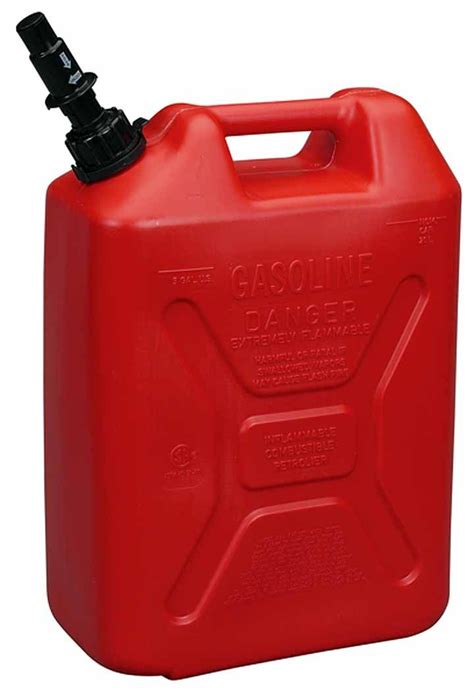
Always Check Your Owner’s Manual
The definitive guide to what fuel your car needs is your vehicle’s owner’s manual. Manufacturers spend countless hours engineering and testing engines, and their recommendations are precise. Look for terms like “required” or “recommended.” If it says “regular unleaded required,” stick with 87 octane. If it says “premium recommended,” you might see a slight performance benefit with premium, but it’s not strictly necessary (though best practice to follow). If it says “premium required,” then you absolutely must use premium.
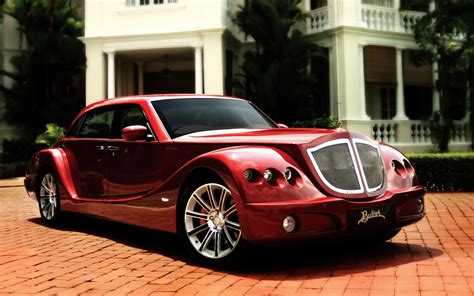
The Bottom Line
Higher octane fuel is only “better” if your vehicle’s engine is specifically designed to utilize it. For most drivers, sticking to the manufacturer’s recommended octane rating, typically regular 87 octane, is the smartest choice for both engine health and your budget. Don’t fall for the myth that more expensive fuel automatically means a better experience; instead, fuel your car with what it truly needs.
